Most dinosaurs are dusted off as fragmentary skeletons. Paleontologists like Stephen Brusatte, author of the recent book, The Rise and Fall of Dinosaurs, say they are “scrappy.” But those few bones can be enough to describe a new species, and on average, a new species is discovered every week. We are in the golden age of paleontology. “We’re up to around fifteen hundred,” Brusatte told me by phone in August. About a third were found in the last decade, with some, like Yi qi in 2015, “going viral and then vanishing from the news cycle.” Yi qi was pigeon-sized; a single specimen was located in northern China. It had feathers, like many dinosaurs, but also fleshy wings, like a bat. “Are you sure Yi qi’s not a Pokémon?” I asked. “It would make an adorable Pokémon,” he said. “Very licensable.” Unfortunately, the reference echoes an insult that Brusatte and his discipline cannot forget: in 1988, the Noble Prize–winning physicist Luis Alvarez told a New York Times reporter that paleontologists were “more like stamp collectors” than “good scientists.” Brusatte laughed. “It’s not about finding them,” he said. “It’s about finding out. The more dinosaurs and other fossils we can study, the more we learn about what’s happened on Earth, and what might happen.”
The story of dinosaurs fascinates most children—you probably think you remember the outline. The Mesozoic era saw the periods Triassic, Jurassic, and Cretaceous. The first humble dinosaurs appeared approximately two hundred and forty million years ago, in the Late Triassic. Their ancestors were only as big as house cats. Pangea, meanwhile, had begun “to unzip down its middle,” as Brusatte writes. Continents “bleed lava” when they rend, and volcanoes resulted from the gnarliest of cracks, called fissure vents. Over the course of six hundred thousand years, in pulses, the rift zone threw up orange-red curtains “from hell.” Gases rode up with the flow and warmed the globe to the degree of an extinction event in which thirty percent of all species faded out. The continents continued to drift in an “ancient divorce,” and with thin competition from other vertebrates, dinosaurs diversified in wild shapes and sizes. By the mid-Jurassic, they were everywhere. They ruled.
Then, sixty-six million years ago, in the Late Cretaceous, they quite suddenly disappeared. North of seventy percent of species were lost in the fifth mass extinction. Over the years, bunk theories about what damned the dinosaurs suggested cataracts and an out-of-control appetite for each other’s eggs, but scientists also considered an extraterrestrial kill shot—perhaps a comet. Maybe an asteroid. In 1980, Alvarez, the physicist who would pan paleontologists, and his son Walter, a geologist, identified a spike of the rare platinum-like metal iridium in the stratum that dates to the die-off: the smoking gun. Next, a crater with a one hundred and ten–mile diameter was observed beneath the Yucatán Peninsula: the bullet hole.
The impact of the asteroid carried the force of a billion A-bombs. It loosed nightmares. The ground morphed “into a trampoline” that bounced even the heaviest dinosaurs “several feet off the ground.” The sky reddened and rained hot glass. Fire swept the forests. Clouds spun into sooty tornados. Tsunamis reared at twice the height of skyscrapers. Volcanos hemorrhaged—and then the heavens blackened and a worldwide winter set in for up to a few thousand years. When the sun finally streamed on the post-apocalyptic planet, the age of dinosaurs had concluded. That is how most everyone thinks it went. But Gerta Keller, a paleontologist tenured at Princeton, and a splinter of others, believe it was not an asteroid in Mexico but volcanic fissures in India. When I asked Brusatte, a former student of Walter Alvarez, about the alternate theory, he dismissed it. “I just stopped myself from likening it to climate change denial, because climate change denial is insidious and political,” he said, adding, “The data—to support Keller’s theory—isn’t there, you know?”
I sort of did. I had attended a Pentecostal prep school in Florida which taught that man walked with dinosaurs. “Behold now behemoth, which I made with thee,” Job 40:15 begins. The animal “moveth his tail like a cedar,” scripture continues. “His bones are as strong pieces of brass; his bones are like bars of iron.” Dinosaurs were among the original beasts in the Garden of Eden, and that meant Noah would have dutifully brought them on his ark—in egg form (how he knew which eggs were male and female was never explained, of course). We’d had a visit from Duane Gish, a notorious Young Earth creationist with a Ph.D. in biochemistry from Berkeley. The Gish Gallop, the tactic by which a debater overwhelms their opponent with verbose, zig-zagging untruths, is named after him. When he claimed a scientific team was out looking for the Loch Ness Monster, part of a surviving shoal of elasmosaurs, I was spellbound. After assembly, I bought Gish’s children’s book on the subject, Dinosaurs by Design. I loved the book too much to ever junk it later on. Among other gems, the book contains an illustration of cowboys roping pterodactyls in the American West. It seems to me now a fabulous reflection of our country’s brand. It also speaks to our struggle to live with the ramifications of the fact that the planet is very old and we humans are very new.
Around 300 BC, the historian Chang Qu wrote of “dragon bones” found in Sichuan. His is the first record of dinosaur bones in human hands. In 1676, a naturalist named Robert Plot logged part of a thighbone from Oxfordshire with “dimensions, and a weight, so much exceeding the ordinary course of nature” that “it will be hard to find an Animal proportionable to it, both Horses and Oxen falling much short of it.” Plot included drawings, another first. He credited the femur to a giant the likes of Goliath or the big brute in the Cornish fairy tale Jack and the Beanstalk—but the thing was a megalosaur.
Charles Dickens’s part-time narrator of Bleak House made the first mention of dinosaurs in fiction in 1852, moaning: “Implacable November weather. As much mud in the streets as if the waters had but newly retired from the face of the earth, and it would not be wonderful to meet a Megalosaurus, forty feet long or so, waddling like an elephantine lizard up Holborn Hill.” At a conference a decade earlier, Dickens’s friend, the Victorian anatomist Richard Owen, first bannered them—Megalosaurus together with Iguanodon and Hylaeosaurus—under the taxon Dinosauria. It meant “terrible reptile.”
Following the Great Exhibition of 1851 in London, its famed glass expo building was converted into the world’s first theme park for mass entertainment. Among the draws on the two-hundred-acre grounds was a prehistoric swamp with dinosaurs created from tiles, bricks, and cement: the first full-scale models. On New Year’s Eve, 1853, as a stunt before the June opening, Owen hosted members of the British Association for the Advancement of Science inside the mold for the iguanodont. A chandelier glinted above curried rabbit while Owen sat in the brain area of “the jolly old beast”—at the head of the table—and the men toasted the dinosaurs and H.M. Punch magazine ran their story with the headline “Fun in a Fossil.” The finished menagerie caused the first wave of dinomania; park goers could score figurines of dinosaurs in what may have been the world’s first gift shop. Later, the Crystal Palace would burn. “This is the end of an age,” Churchill pronounced when he heard. But in a twist of fate, the dinosaur sculptures survived. Some were restored for visitors in the aughts—others still languish in disrepair, awaiting sufficient funds. After the theme park opened, in 1954, Charles Darwin dedicated himself to drafting On the Origin of Species. Though torn between faith and science, and allergic to public fights, he published in 1859. The initial run sold out in one day. Owen spat on Darwin’s notion of natural selection. “Believe me,” Darwin signed off in a letter to Owen that year. Modern answers to antique questions were stacking up, and while he did not train his pen on dinosaurs, they were already a once-upon-a-time plot with serious reverb.
The bones of dinosaurs mineralized and turned to stone, as fossils. Technology, such as animation software and CAT scans, has taught us much about the way they lived and moved. Dinosaurs had bird-style lungs, which involved a network of air sacs extracting oxygen during both inhalation and exhalation, and which supported and lightened their frames. More likely than not they were warm-blooded, like birds, and “undoubtedly much more birdlike than reptilelike,” Brusatte stressed. Probably most had some kind of feather. The feathers could be colorful: ginger, iridescent. In August, researchers studying flowers trapped in amber announced those plants were making the same compounds as those used today in modern fragrances. When they speculated the dinosaurs were attracted to them, The Cut ran “The 6 Best Perfumes for Dinosaurs”: La Tulipe by Byredo for Stegosaurus, Santal 33 by Le Labo for Triceratops, classed as “the basic bitches of dinosaurs.” I emailed Brusatte: “Is that accurate?” He replied: “Oh God, that one is above my pay grade.” But he had referred to the keystone herbivores as “the cows of the Cretaceous.”
Back in 1898, the steel tycoon Andrew Carnegie spotted news in the paper: “Most Colossal Animal Ever on Earth Just Found Out West.” He clipped the item and posted it and a cheque for ten thousand dollars to the director of the Carnegie Museum of Natural History, with a note: “My Lord—can’t you buy this for Pittsburgh—try.” By 1901, the Carnegie Museum had named Diplodocus carnegii, a sauropod with a horizon-long neck and tail. Soon, Carnegie began to gift casts to national museums in Latin America and Europe, making the dinosaur, the museum points out, “the first that millions of people ever saw.” The inaugural copy went on view ahead of the original, in 1905 at the British Natural History Museum, where it was quickly given a pet name: Dippy.
Like other national history museums, Paris’s Muséum national d’Histoire naturelle, established in 1635, grew out of the continental Wunderkammer. Their Paleontological Gallery opened around when Carnegie’s dinosaur was being excavated, and, in 1908, the hall received its own Dippy. That day in June, French president Armand Fallières dedicated the mount in front of the public and scientific community; the sight of the more than sixty-five-foot dinosaur, though, was overpowering. “Quelle queue! Quelle queue!” (“What a tail! What a tail!”) Fallières managed. “Diplodoquoi … Diplodocoquus … ” He stammered. Anyway, Dippy’s star turn was over seven years later. The Yanks produced T. rex.
As Jurassic World: Fallen Kingdom screened across France this June, the museum welcomed Trix, a Tyrannosaurus rex who was my age, thirty, when she died sixty-seven million years ago. “She’s very beautiful, but you only need five minutes,” a Frenchman told me as he exited the show and I entered it. “Minutes?” I teased. Minutes were ridiculous in the scheme of eras and epochs—as the museum copy inside impressed on readers: “The time that separates T. rex from human beings is only half that between T. rex and the earliest dinosaurs.” Besides Trix, the sole figure in the hall was a statue of the father of paleontology, Georges Cuvier. The naturalist and zoologist had rejected transformisme, later called évolution, but came up with the concept of extinction in the midst of the French Revolution—“probably not coincidentally,” as Elizabeth Kolbert has remarked. Also, a fissure vent had erupted in Iceland for eight months in 1783-84, spewing enough poisonous gas to destroy French harvests, resulting in the food poverty that helped topple the ancien régime. Cuvier scrutinized such “revolutions on the surface of the earth,” and used the fossil record to prove catastrophism. Honoré de Balzac asked, “Have you never launched into the immensity of time and space as you read the geological writings of Cuvier?”
About fifty of the tyrannosaurs have been recovered in western North America, in states like Montana, Wyoming, and the Dakotas, plus the provinces Alberta and Saskatchewan. T. rex lorded over the dinosaurs in their final twenty million years. Stephen King’s first horror story, composed when he was a boy, was an account of a town terrorized by a dinosaur, and while King was unavailable to confirm, surely that was a rex. The apex predator’s X factors included a smart car–sized head, banana-sized and -shaped claws, and puny-seeming arms that, in reality, were capable of holding a herbivore with a duckbill good and tight. They were brainy; their vision, hearing, and sense of smell, all sharp. They stalked on tiptoe. They were ambushers who hunted in packs. They had feathers. As teenagers, tyrannosaurs put on five pounds a day, reaching seven to eight tons. “And they lived so hard,” Brusatte writes, “that we have yet to find an individual that was more than thirty years old when it died.”
Trix stands thirteen feet tall. She is the color of toasted marshmallows and the texture of driftwood. She was posed in an open-mouthed lurch—with her tail extended, for balance. Her mouth was open as if to swallow the info an au pair was feeding to her charge: “Trix is about seventy-five percent complete. But another T. rex—Sue—is even closer!” Ninety percent of Sue is all there. “You met in Chicago, do you remember?” The caretaker asked the kid, who was standing with an iPhone in the zone the museum recommended for selfies. Sue is darker than Trix. She is more worn brown leather jacket. (“Fossils present with the quarks of whatever minerals took over the bone,” Brusatte explained. “Opalized fossils have come out of Australia.”) McDonald’s and Disney got together in the nineties to buy Sue at auction for the Field Museum. She was put on display in 2000. I was twelve that summer, and I went to the Field. Where the uncertainty surrounding Y2K had filled me with dread about the future, the mystery of the past left me in awe.
“It’s funny you should mention that,” New Yorker staffer Paige Williams said on a call, “because Sue came together as part of a special Year 2000 consideration. Jack Daly, a McDonald’s communications executive, thought a cast of Sue would make a great centerpiece for Year 2000 promotions. He told the press, ‘I had been struck by something Bill Clinton had said about the millennium—If you are interested in celebrating the future, try to honor the past.’” (Daly also viewed Sue as “timeless,” something that would “last forever.”) Another tyrannosaur, the Asian version called Tarbosaurus bataar, is at the center of Williams’s true-crime saga, out this month. The Dinosaur Artist is about a poached fossil and the folks—paleontologists and commercial fossil hunters—who try to protect and possess natural history. Her layering of science upon story is so crafted that the book itself could pass as a geological act. “It’s real,” Williams said. “These fossils help people connect to a past that otherwise is a bit unthinkable. There’s a reason paleontologists and geologists have a word for it: deep time.”
In Paleoart (an XL book by TASCHEN), Zoë Lescaze assembles depictions of dinosaurs from 1830 up to 1990, before the digital age changed how they were conceived of and rendered. It includes murals, paintings, engravings, frescos, lithographs, and sculptures, like those made for Crystal Palace Park. When I showed the Dinosaurs by Design illustration to Lescaze, she recalled parallels mapped by the art historian W. J. T. Mitchell between dinosaurs and cowboys: “icons,” “big and strong, but doomed to disappear, embodying both outsize power and obsolescence.” In the book, she writes, “(Dinosaurs came) into public consciousness in the same period, and as a product of the same forces, that produced the tank, the locomotive, the steamboat, and the skyscraper. The cutting open of the Western landscape by the railroads was spilling dinosaur bones out of their primeval graves.” The scene oozes turn-of-the-century race anxiety. “If prehistoric reptiles symbolize extinction,” she told me, “then to lasso a pterosaur on horseback is to be the master of death.” She considers such images “oddly touching.”
Taken together, the Williams, Brusatte, and Lescaze titles—all published within the last year—form the ultimate survey: an education consumable as entertainment. T. rex skeletons have always been articulated for audiences with that sense of double duty, and today the tradition is advanced by Sue’s Twitter account. Nearly forty-three thousand follow Sue for such bon mots as “I’m ‘Tropical South Dakota’ years old.” She slavers over Jeff Goldblum, kvetches about the social-media grind, and edifies the masses—as one devotee had it, “sue woke af yo.” But she also relentlessly picks fights. (Specimen FMNH PR 2081 has been called an “apex troll.”) “THIS JUST IN,” she tweeted at the Monterey Bay Aquarium in August, “SEA OTTERS ARE ADORABLE AND IMPOSSIBLY PHOTOGENIC AND YOU STILL CAN’T LEVERAGE THAT AGAINST A DEAD (BUT SASSY) OSTRICH MONSTER.” The aquarium fired back: “just in: the bones of a pre-extinct organism are more popular than a mission to inspire conservation of the Ocean, prolly bc big skulls with sharp teeth are less scary than introspection and fundamental changes in our society to prevent going the way of the murderchickens.”
The sentiment is catching. Last year, London’s Natural History Museum replaced Dippy with a skeleton of a blue whale, an animal very nearly hunted to extinction in the sixties and now deemed more “relevant.” They named her “Hope.” It was a controversial move. Brusatte appeared on live television with the marine biologist Helen Scales. He was meant to take Dippy’s side, she was meant to take Hope’s, but both told me they agreed on the newcomer. And yet, dinosaurs are unrivaled mementos, “picked up, looked at, and pondered over,” as Williams put it. Such is the perspective from the Anthropocene: five major extinctions later, we’re in a self-inflicted sixth. We don’t generally think of our selves as living in deep time, and because of that Keller has said, a gradual doom like climate change does not really impress. Our lifespans are “so short,” added Brusatte, our attention spans are “so fidgety” that we are unable to appreciate temperature and sea-level upticks “over even a few years.” We worry about the immediate, like the doom that befell the dinosaurs. We worry that our home is due for a supervolcano blowup or an asteroid strike. Or that we will nuke ourselves. Recently, The New Yorker posted a cartoon of Back to the Future’s Michael J. Fox and Christopher Lloyd ensnared in the DeLorean between the teeth of a T. rex. “Yeah, whatever,” says Lloyd. “At least we got the hell out of 2018.” Many humans retweeted it. So did Sue.
Chantel Tattoli is a freelance journalist. She’s contributed to the New York Times Magazine, VanityFair.com, the Los Angeles Review of Books, and Orion and is at work on a cultural biography of Copenhagen’s statue of the Little Mermaid.
from The Paris Review https://ift.tt/2R1hID7
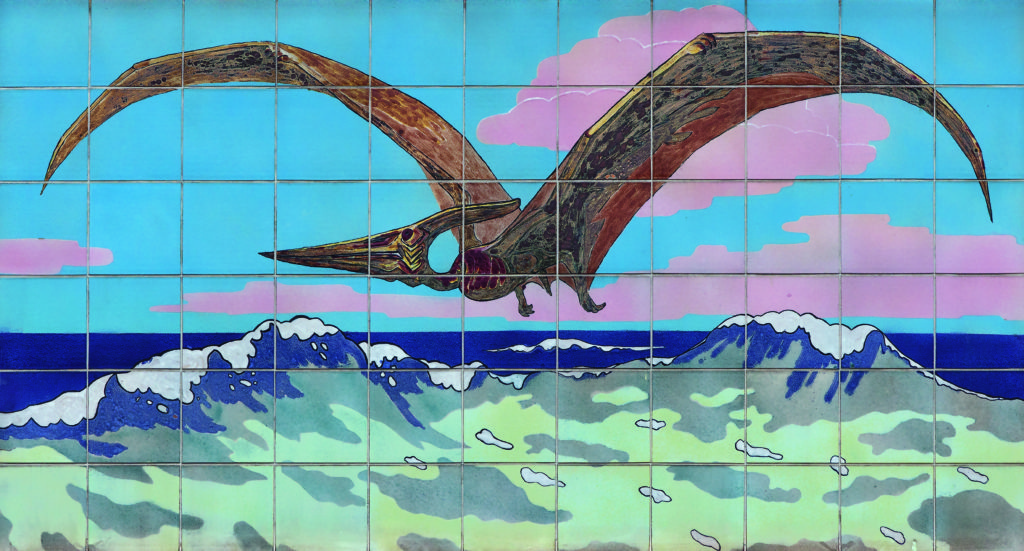
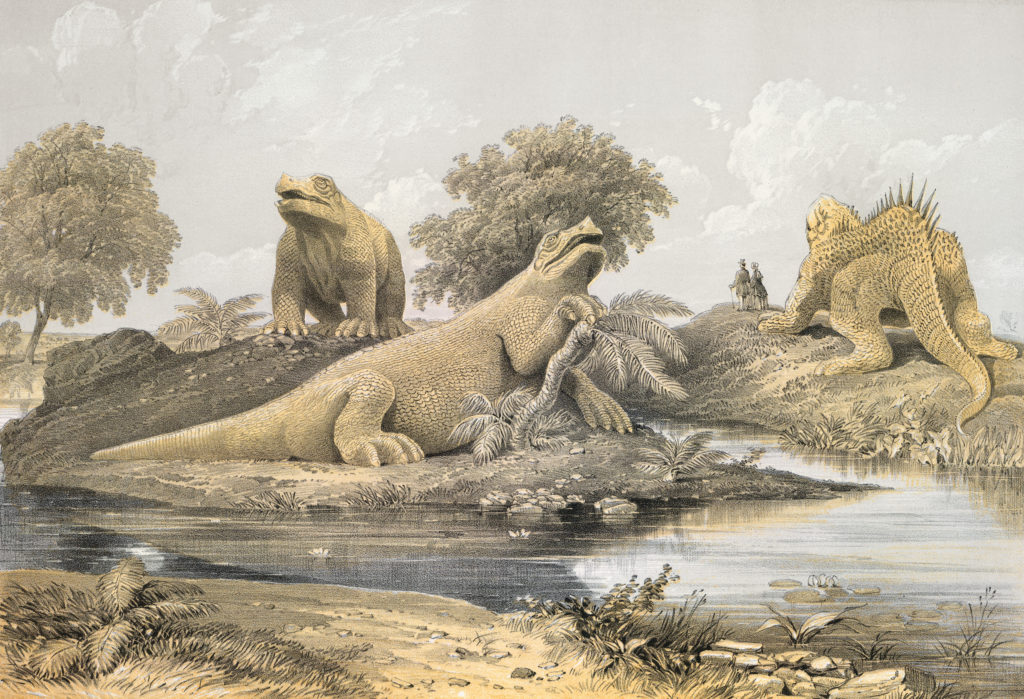
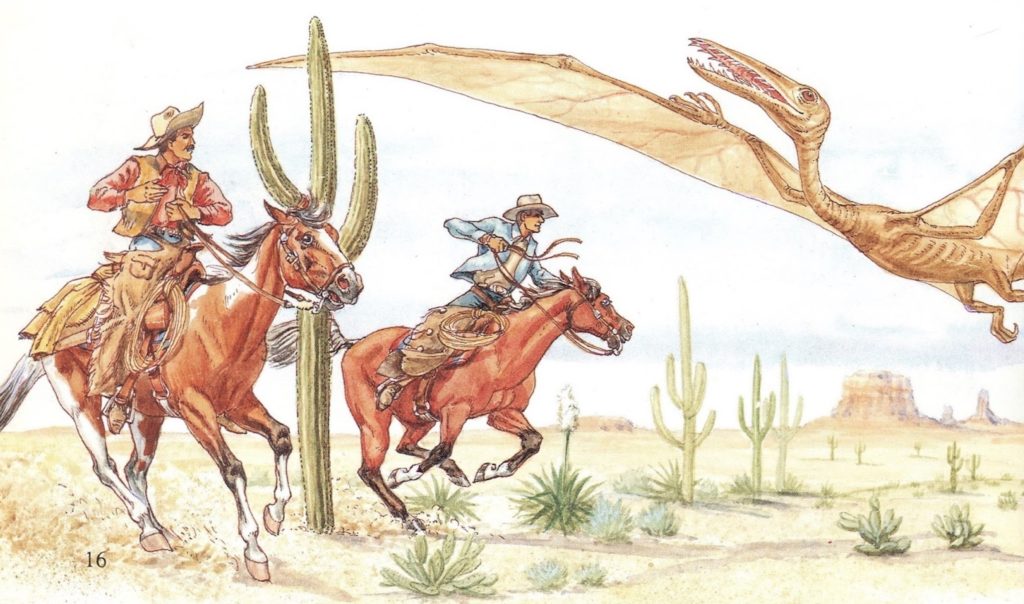
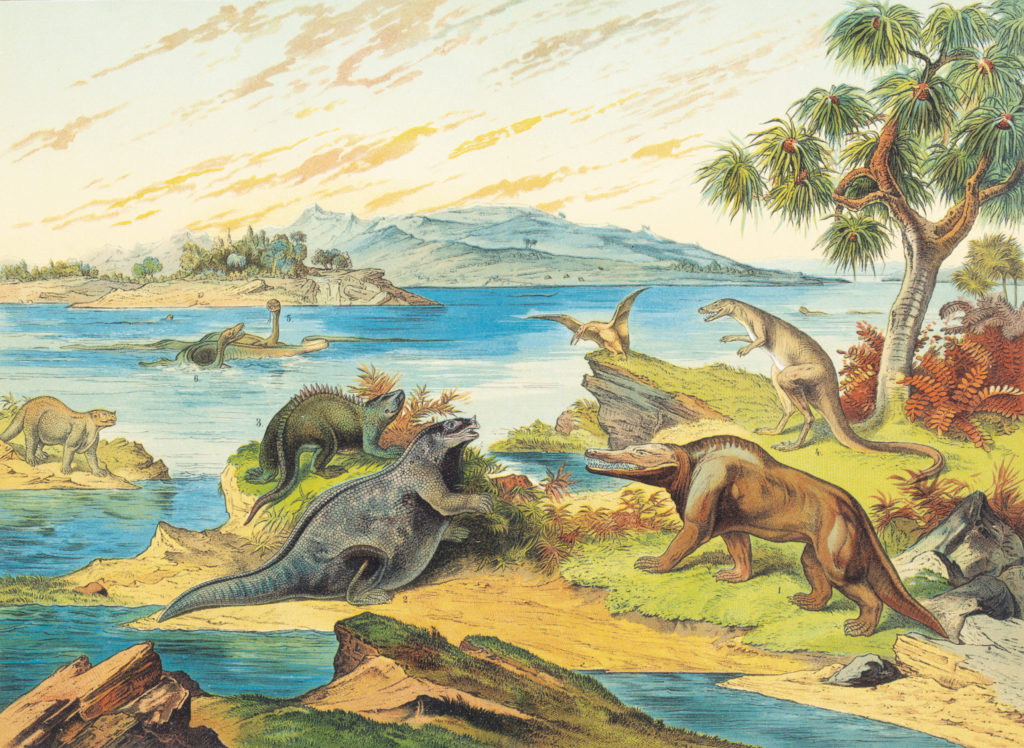
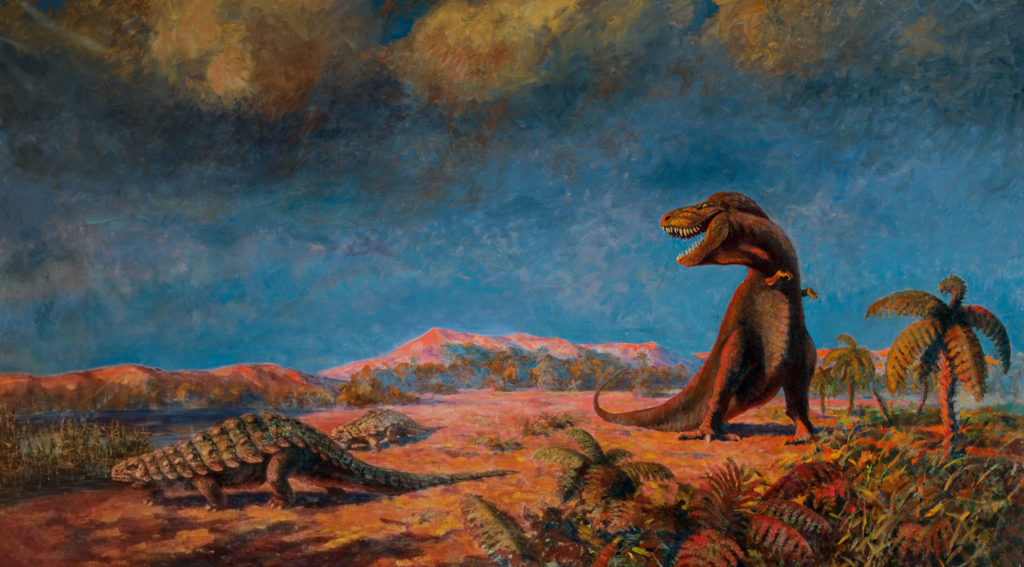
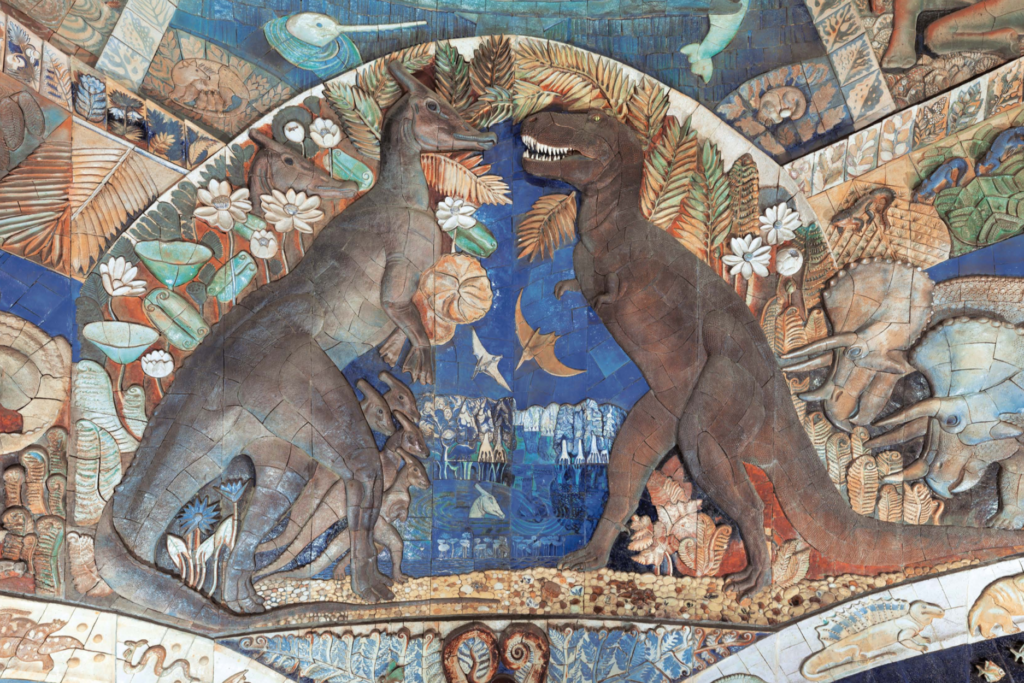
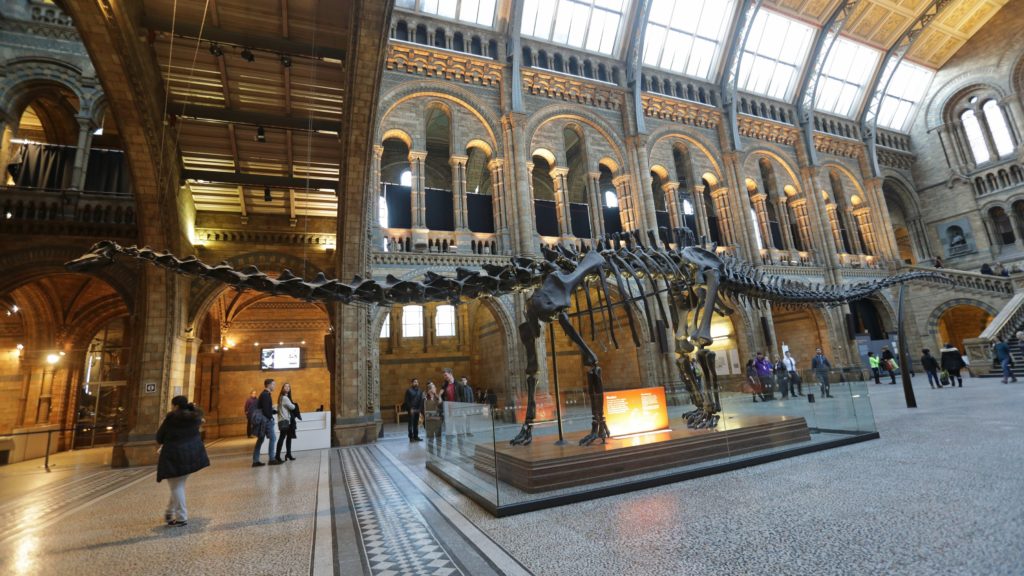
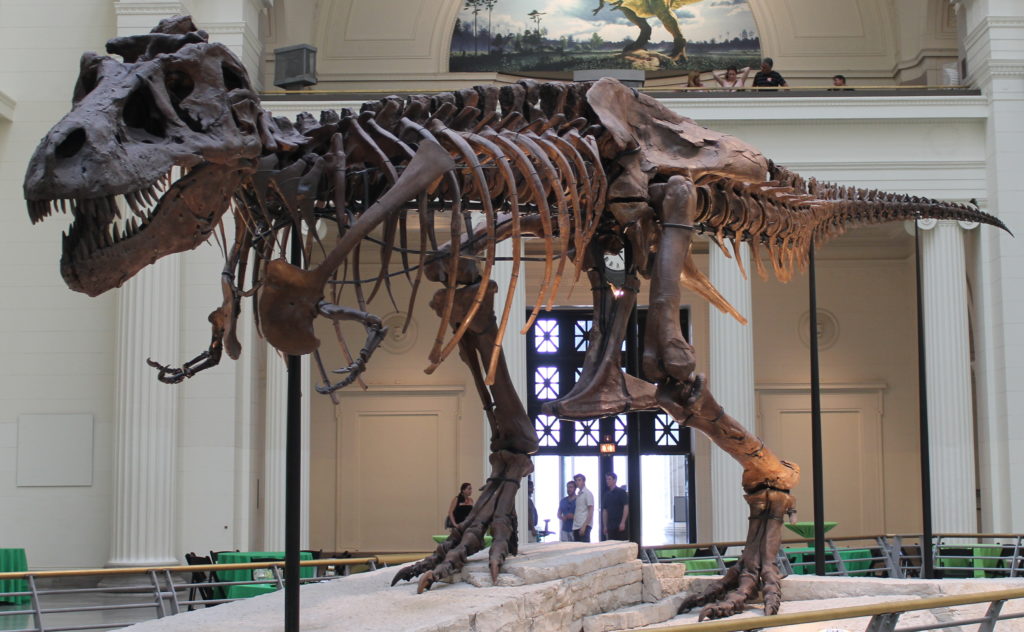
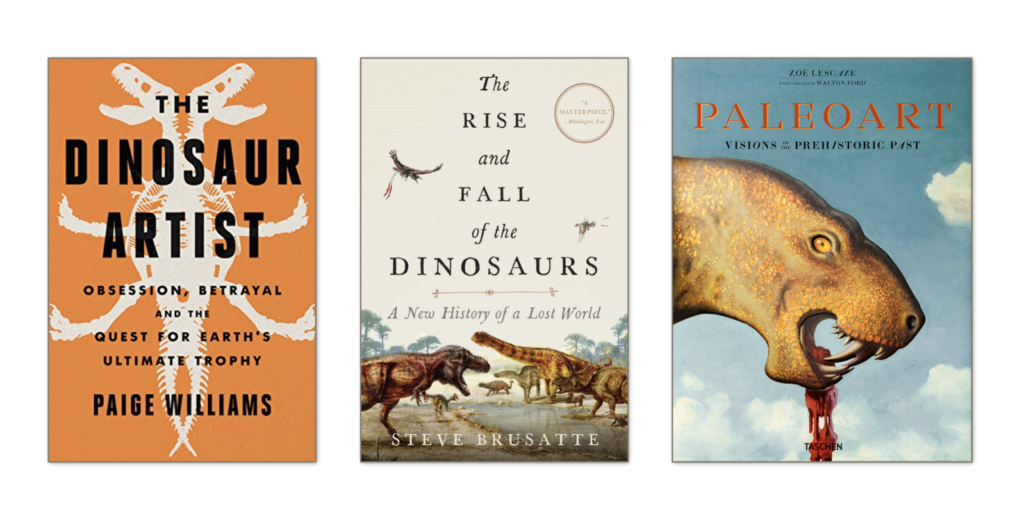
Comments
Post a Comment